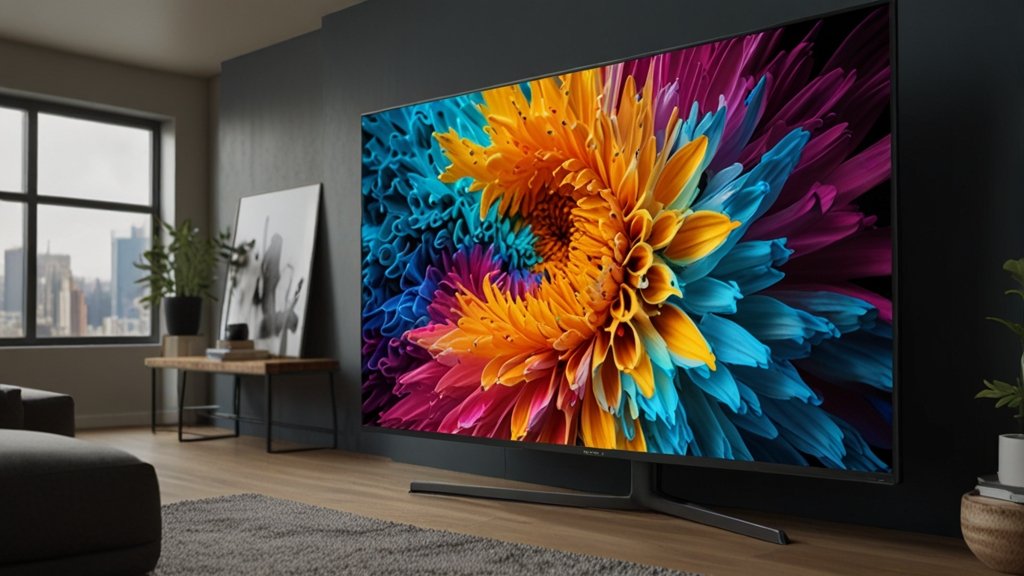Picture this: A wheelchair that learns your daily routines, adjusting its support before your chronic pain flares up. Or a hearing aid that doesn’t just amplify sound—it filters out background noise to let Grandma focus on her granddaughter’s laughter. This isn’t speculative fiction. It’s Dignotech—technology designed not just to solve problems, but to honor the people using it.
In 2023, 67% of patients abandoned wearable health devices due to “dehumanizing” interfaces. Dignotech flips the script. It’s not about smarter gadgets; it’s about tech that sees you.
What is Dignotech? Beyond Buzzwords
Dignotech (dignity + technology) refers to innovations prioritizing emotional, cultural, and physical dignity alongside functionality. Think of it as the antithesis of clunky, one-size-fits-all medical devices.
Core Principles
- User Autonomy: Devices adapt to your habits, not vice versa.
- Invisible Support: Tech works quietly in the background (e.g., fall-detection sensors that don’t scream “frail”).
- Cultural Sensitivity: Hijab-friendly MRI machines, voice assistants with regional dialects.
Why Dignotech is 2023’s Most Disruptive Trend
The Data Speaks
| Issue with Traditional Tech | Dignotech Solution |
|---|---|
| 44% of seniors feel “patronized” by health apps | AI coaches using respectful language (e.g., ElliQ’s companion robot) |
| Prosthetics seen as “medical reminders” | Aesthetic, customizable limbs (e.g., Alleles Design Studio) |
| Hospital gowns causing humiliation | Modular, privacy-focused designs (Open Style Lab) |
Infographic Insight:
- 81% of patients report better recovery rates when tech respects their dignity (Mayo Clinic, 2022).
- Dignotech market to hit $12B by 2026 (PwC).
Real-World Magic: Dignotech in Action
Smart Mobility with Soul
Whill’s Model Ci wheelchair isn’t just agile—it’s stylish. Users report strangers asking where they “bought that cool ride,” not staring pityingly.
Mental Health Allies
Woebot Health’s AI therapist uses humor and empathy, avoiding clinical coldness. “It feels like texting a wise friend,” says user Maria K.
Inclusive Design Wins
Microsoft’s Adaptive Accessories: Ergonomic mice and keyboards designed with (not just for) users with motor disabilities.
The Thorny Questions: Ethics in Dignotech
Privacy vs. Care
Fall-alert systems need constant home monitoring. Solution? Local data processing (no cloud storage) to prevent breaches.
Who Decides What’s Dignified?
A prosthetic arm with floral patterns might empower one user but feel trivializing to another. Answer: Co-creation with diverse communities.
The Future: 3 Dignotech Predictions

- AI Emotion Detectors: Wearables that adjust support based on stress levels (e.g., calming lights during anxiety spikes).
- Aging-in-Place Ecosystems: Smart homes that learn routines to prevent emergencies without surveillance vibes.
- Global Accessibility Standards: UN-style guidelines for dignity-centered tech design.
Your Turn: Be Part of the Movement
- Advocate: Demand dignity audits for new tech at your workplace.
- Support: Back Dignotech startups on Kickstarter (e.g., Sesame Phone for touch-free smartphone control).
- Share: Review products not just on features, but on how they make you feel.
You May Also Like: f4nt45yxoxo and the Rise of an Iconic Digital Aesthetic
Conclusion
Dignotech isn’t a niche—it’s a lens. Once you see the world through it, you’ll wonder how we ever settled for less.
FAQs
Is Dignotech only for healthcare?
Nope! Education (e.g., VR classrooms for bedridden students) and workplaces (inclusive remote tech) are adopting it too.
Doesn’t this tech cost more?
Initially, yes. But consider Toyota’s Welwalk rehab robot: 30% cheaper long-term than traditional physiotherapy.
Can startups compete in Dignotech?
Absolutely. Startups like NuraLogix (non-invasive health monitoring via facial blood flow) prove agility drives innovation.
How is this different from “assistive tech”?
Assistive tech solves functional needs. Dignotech solves emotional and cultural ones simultaneously.
What’s the biggest barrier to adoption?
Misguided priorities. Investors often chase “flashy” over “compassionate”—but tides are turning.











